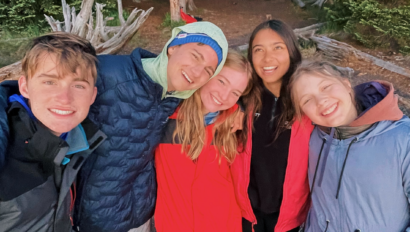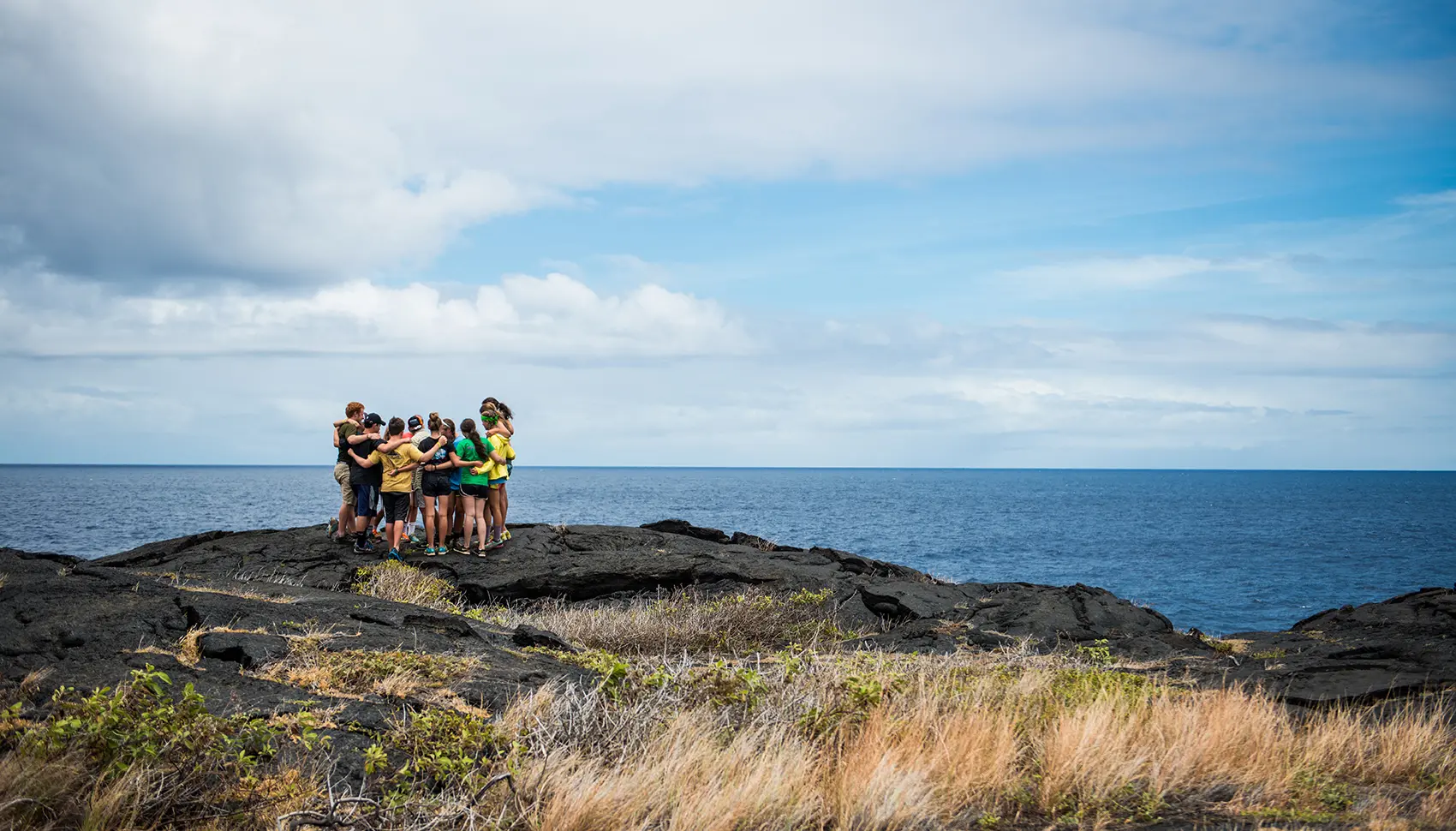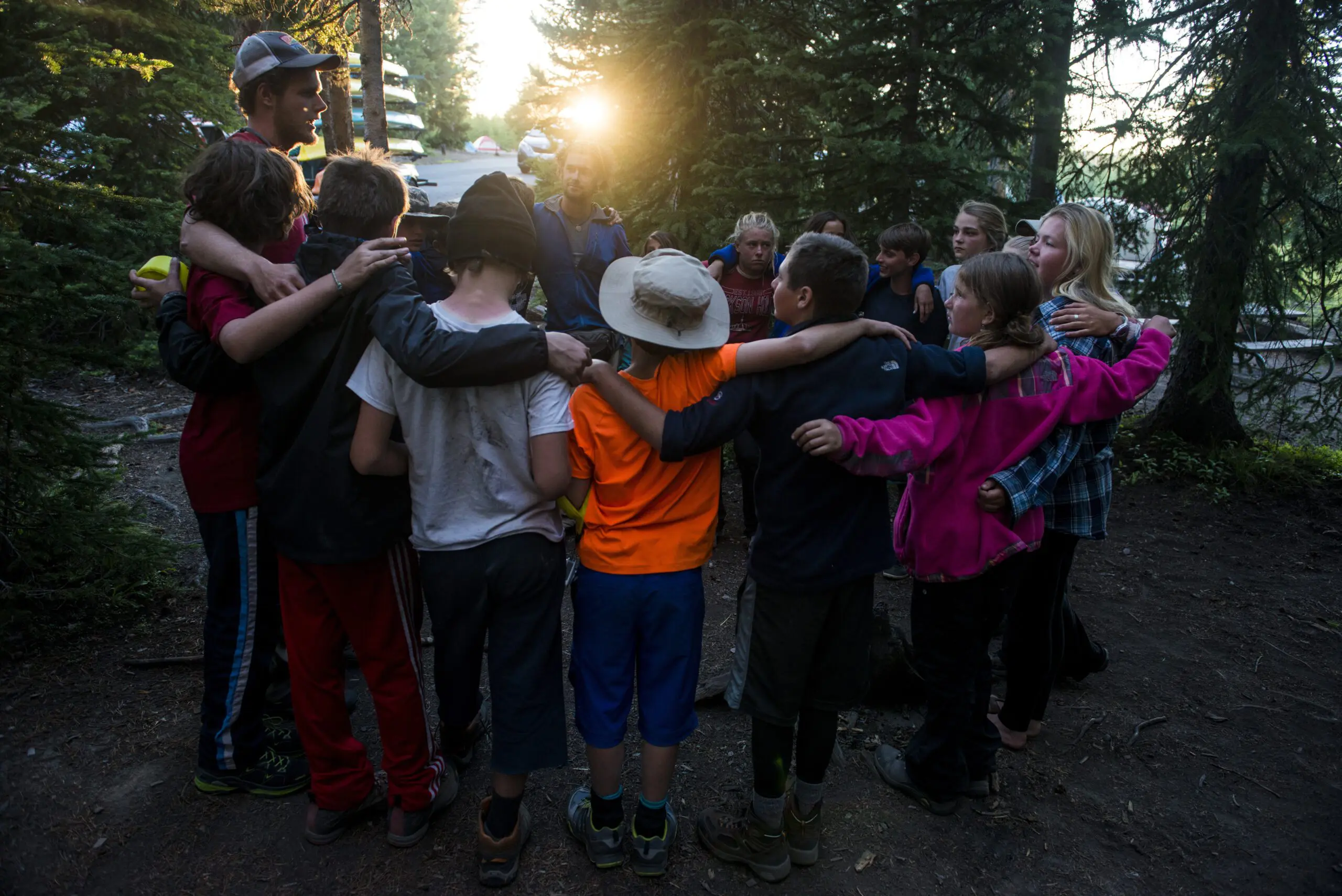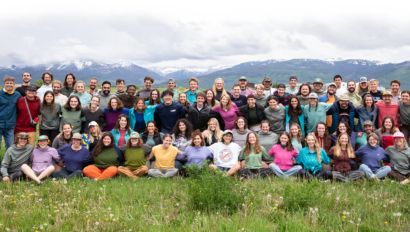
“A leader is best when people barely know they exist, not so good when people obey and acclaim them, worse when they despise them. Fail to honor people, they fail to honor you. But of a good leader, who talks little, when their work is done, their aim fulfilled, the people will say “We did this ourselves”.
-Lao-tse, part of the Wilderness Adventures Quote Book
During the summer of 1989, I was fortunate to follow in the footsteps of my older brother (who I idolized growing up) and participate in Wilderness Adventure’s Northwest program. For six weeks, I explored mountains, deserts, rivers, and coastal regions with a collection of people that I had never met before. We experienced some amazing and unique places ranging from the thermal features of Yellowstone to the glaciers of Mt Rainier. Of course, those iconic destinations and “wow” locations left a lasting impression on me. However, what I remember most about my journey, was the community that developed over those six weeks and the leadership opportunities that presented themselves along the way. My trip leaders (people like Tom Woodhouse & Sally Rollwagen) did such an amazing job setting each and every one of us up for success. They found a fine balance of giving us freedom and independence to make good decisions along the way while making sure that the structure of the experience was not sacrificed. As a result, I came home much more confident in my leadership abilities. When my English teacher asked me make a presentation to my entire school about my experience out west, I jumped at the opportunity because of my increased confidence.
Leadership is a large part of any Wilderness Adventures experience. Throughout the expedition, each participant will enjoy leadership roles in a variety of capacities. Whether it is performing the “Leader of the Day” duties, organizing a cook crew, or preparing an educational talk on a topic relevant to the trip’s region, each member of the team will work with their peers and trip leaders to accomplish goals and problem solve. While each participant will develop or refine their own leadership style, they also have the opportunity to experience others in this role and learn from those around them.
Below, find a few examples of how leadership is incorporated into every one of our trips:
Leaders of the Day (LOD)- During the first full day of the trip as part of the student orientation, “Leaders of the Day” (or LOD) will be introduced. WA trip leaders will discuss the roles and responsibilities of the LOD and each student will get to try their hand in this role during the trip. Some of the special duties executed by the LOD are:
- Meet with trip leaders the night before to discuss the agenda for the following day and the brief the group
- Organize tasks, delegate responsibilities, ensure a timeliness with the itinerary
- Establish a time management plan
- Check on fellow participants (energy levels, food, water, morale, personal care, etc.)
- Navigate: Engage active followers, keep the group involved
- Plan Evening Circle
- Lead a debrief at end of the day
- Performance review with the trip leaders
Cook Crew – One of the unique opportunities of a Wilderness Adventures is being on a cook crew. Our cook crew teams consist of 3-4 people that will take turns food planning (from our WA cookbook), shopping at a local grocery store, and preparing meals in an outdoor environment. It is a unique start to finish process that allows the participants to see (and eat!) the fruits of their labor. During this time, each team member takes on a leadership role by managing group decision-making.
Evening Circle – Our day concludes with a evening circle typically around a campfire. One of the activities that take place during this time are an evening talk or presentation on a topic that is relevant to the surroundings. Participants have the opportunity to use resources (such as a traveling library book box, visitor centers, etc.) around them to educate and lead a discussion with their fellow group members. With this experience, public speaking skills are introduced and practiced every night!
WA Trail Map – At the start of each trip, students will be given a WA Trail Map with a path to achieve both hard skills (outdoor recreation) and soft skills (leadership) along the journey. Objectives range from identifying/drawing flora and fauna in the region to conducting a Leave No Trace workshop for the group. Each member who completes a required number of these skills (specific to each age group) will be recognized in a ceremony at the end of the trip. Even though the WA trail Map is specific to the individual, it will require a great deal of teamwork and leadership skills to complete.
Today, Wilderness Adventures believes that leadership involves much more than leading a group safely through a wilderness or to the summit of a peak. All of our programs emphasize the importance of learning how to make decisions and solve problems within a group, think creatively and critically in a variety of situations, develop strong communication skills, and continue to challenge yourself and dream big. These skills are useful throughout life and well beyond the wilderness experience. I can speak from experience when I say that my WA trip gave me the skills and confidence as a teen to launch a life-long dedication to adventure, challenge, and experiencing wild spaces with a special community.



